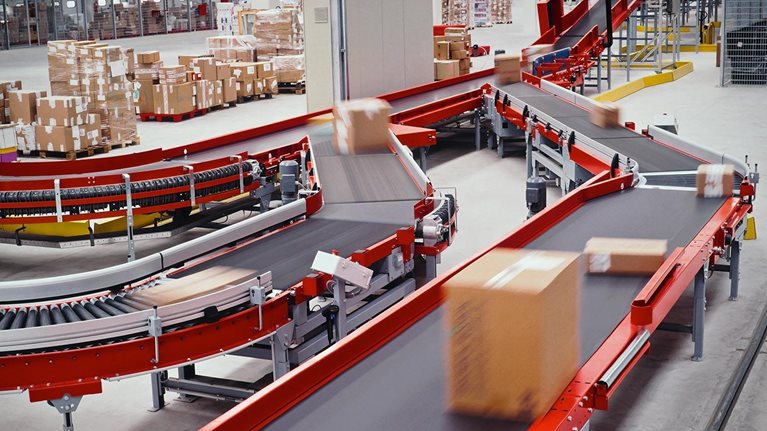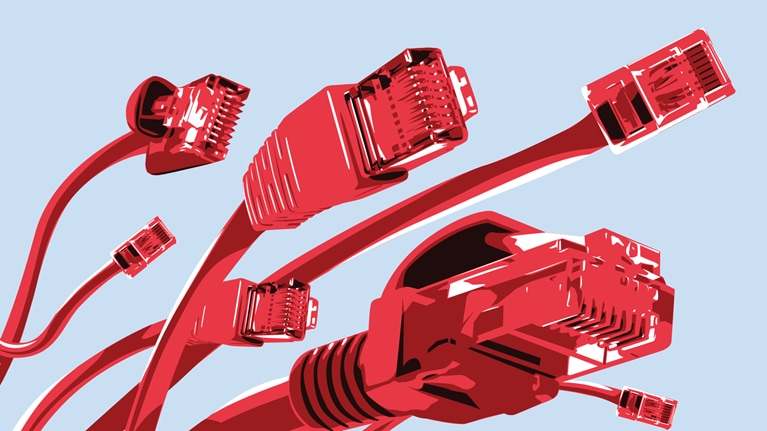In his nearly four years as chief executive officer and chief operating officer of Italian telecommunications operator Wind, Maximo Ibarra has pushed the company to become one of the leaders in the Italian mobile market, particularly in the consumer segment. Despite starting his tenure during an economic downturn in Italy and amid rapidly increasing competition in the industry, Ibarra focused on providing innovative products to serve hyperconnected customers, developing Wind Factory, an initiative within the company that builds cross-functional teams to bring new ideas to life. In this interview with McKinsey’s Rik Kirkland, Ibarra explains how he has worked to redesign strategic functions throughout the company to keep up with the pace of technology. An extended and edited transcript of Ibarra’s remarks follows.
Interview transcript
Operating in a multiscreen world
Until now, the consumer has been considered a stand-alone customer. But that idea is shifting so that we now focus on entire households. From a statistical point of view, each single consumer has approximately 2.5 screens—soon it will be approximately 4. If we look at the household and all the different needs that customers have with all these screens, the typical household, then, has about 10 screens, at least. In order to meet those demands, we’ve launched a new portfolio of products called Digital Home and Life. Because everybody is now really engaged with their smartphones, tablets, and smart TVs and they’re looking for something more.
That’s also why the Internet of Things is becoming so material. Gadgets are providing exactly this kind of experience. It’s not only about your wealth or your health, but it’s also about your security at the household level. For example, cameras are plug-and-play. Also, the fact that you can really monitor the quality of the air and temperature inside and outside your house. The fact that you can really interact with these devices at home in a very super-easy way is why, as I always say, you have to make it customer-proof. That means the customers don’t have to think about it.
Gadgets that are “wearables” and that are becoming, in the next three or four years, “insideables” are probably the last thing that customers will be willing to get. For me, this interaction among personal devices and household devices is the next frontier in terms of integration with smartphones and tablets at the household level.
Building up superfast broadband
Broadband is becoming a link among the most important new technologies that are growing exponentially. So it’s not only a consumer enabler; it’s also a technology enabler. Superfast broadband is the new highway, no doubt about it. That now means 4G for mobile, plus fiber on fixed devices. The next step will probably be 5G on mobile and then 6G. This integrated superfast broadband highway will be the enabler of technology’s exponential growth. In medicine, for example, it will enable biotechnology, robotics, nanotechnologies. All these new technologies are and will be working with superfast broadband to enable growth.
The important advantage we can take, apart from building these superhighways—which is our core business—is figuring out the kind of insights we can glean from the massive amount of information we get from our customers.
The fact that we have the highway, as well as the customers who are populating this highway, means that we have a unique opportunity—thanks to big data platforms and new technology enablers—to get information and drive customers’ expectations in real time.
So the mind-set is that if you, as a company, deal with millions of customers and thousands of companies and you have such a massive amount of information available, you can leverage this information much better.
The question, then, is how? Now we have the technology—technologies made by cloud computing, technologies made by big data platforms, technologies made by digital touch points. The combination of these three things can really provide you with massive amounts of information.
The next question is, what do you do with all this information? And that’s why we’re now talking about data scientists—probably the new frontier in terms of job opportunities.
Defining ‘data scientist’
Data scientist is a profession that did not used to exist. Or it existed only in theory. But it’s new. Some people are now becoming data scientists. It’s something that is being created.
That’s why we need to get to universities and start working with people who are attending courses but at the same time are also engaging in start-ups or new ventures. Because these people are the ones who are able to manage technologies and to understand, by applying some analytics, what a data scientist needs to be.
We have to be a little bit more proactive. The channel that we have always used—traditional headhunters—doesn’t work. One reason is that we need people who can really work on the design of applications. And not many people like that exist. So headhunters have to change and become more focused on digital, and we need to be more proactive getting into universities and incubators. We need to talk to people who are still at the university level and who understand the kind of experience they are getting.
Reshaping the organization
Our most important innovation is how we shape the whole organization and the mind-sets of people working in a company like this one in order to address our specific challenges.
We have to address it in two different ways: First by being able to capture the technology that we have available. And second, we have to understand how to use it.
One very important innovation, in terms of organization, is [how we have] changed our concept of functions, business units, and vertical organizations. The old thinking is absolutely inconsistent with the current pace of technology.
It’s inconsistent for the simple reason that you now have to be more holistic in your approach. You manage all these interdependencies, and all these exponential technologies are coming at the same time. So the organization has to have a totally different approach.
Let’s take marketing, for example. Marketing, until now, has been a function made by people who are devoted to the brand and who are giving the direction to the rest of the company on where to go. This is outdated. Marketing is spread across more of the company. The way we design some strategic functions in the company is probably one of the most important innovations that we have to address.
We’re doing this with a new concept called Wind Factory. In this initiative, we’ve created groups of people who work on different domains. And we told them, “Look, together you can really bring something to the company, to the brand because you have ideas.” Getting these talented people from different functions to work together has been effective for the simple reason that these people are more energetic.
Being a 360-degree leader
When I was appointed CEO, there was an economic downturn in Italy. At the same time, the industry was entering into a superhigh-pressure, competitive scenario. The combination of the two was challenging, but I learned a lot.
As CEO, you have to be able to manage 360 degrees—everything at the same time. You cannot approach one subject at a time; you always have to have the big picture in front of you, which is a tough exercise. But it has been an interesting one. Then, as soon as you have the big picture, you need to tell this story to all your employees.
That is something that I tried to do from day one: telling the story and saying exactly where we were going. And I explained the story using different language based on the different audiences I dealt with.
The third element is making sure the organization is future-proof. You look for new talent but also leverage the talent you have.
I have worked for family companies, superbig Italian multinationals, and international companies. All these experiences gave me a lot of insight into how to deal with different people with difficult structures at the same time and to make everything possible.
And this is important because if you assume that people will understand what you think, what you believe, what you do in just five seconds, you are totally wrong. I’m not overestimating myself. I don’t have the expectation that everything I say is going to work. But the important thing is the direction is there.


